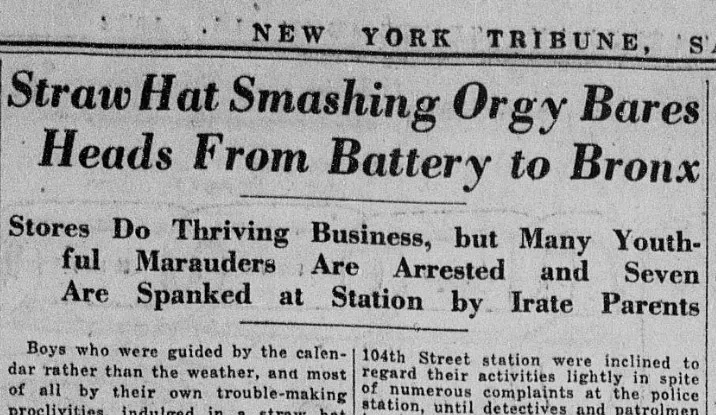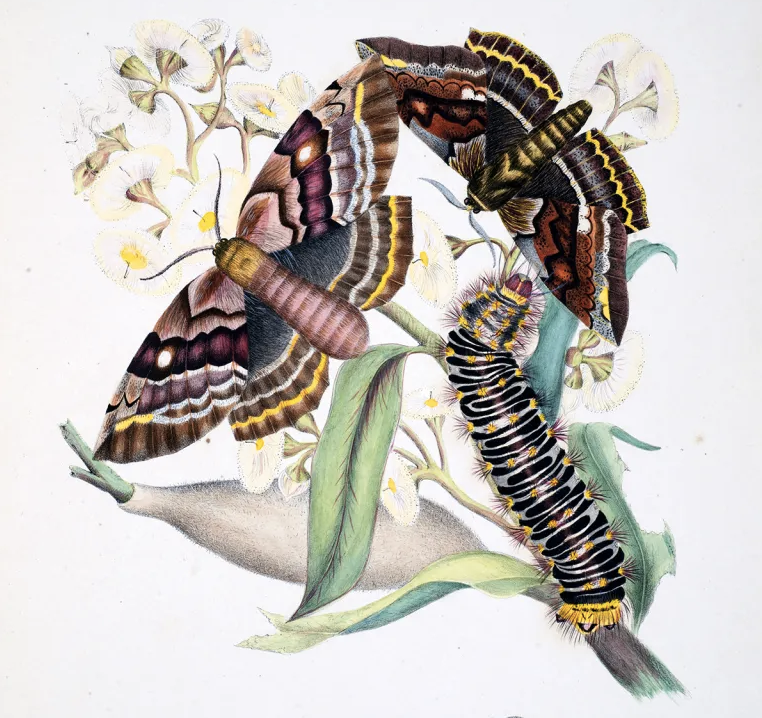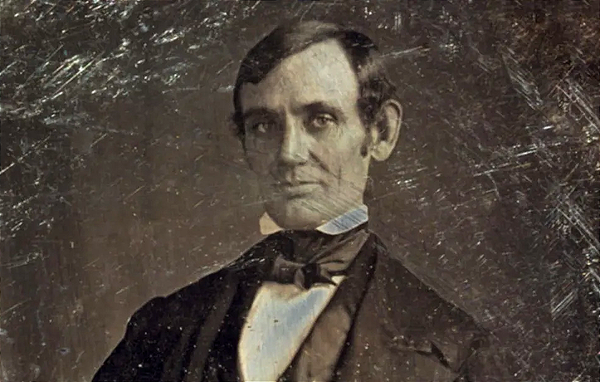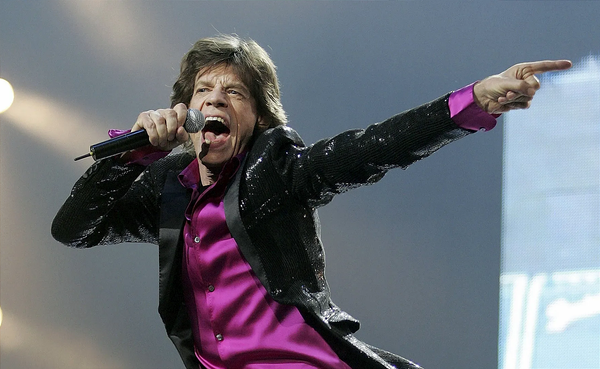When wearing a straw hat after September caused a riot

We all know that fashions were different in earlier times, but who knew something as simple as when someone chose to wear a hat could cause a massive riot, leading to dozens of arrests and injuries? That’s what happened in New York City in 1922, during the infamous “Straw Hat” riots, which started when gangs of hooligans began attacking anyone wearing a straw hat, and lasted for more than a week. Why did they start attacking people wearing these hats? Because at the time, it was considered unseemly or even ridiculous to wear such a hat after September 15th. For some reason that year, the ridicule turned to violence. The New York Times reported: “Gangs of young hoodlums ran riot in various parts of the city last night, smashing unseasonable straw hats and trampling them in the street. In some cases, mobs of hundreds of boys and young men terrorized whole blocks."
How two 19th-century sisters documented nature in their hyper-realistic paintings

From Maria Popova in The Marginalian: "Daughters of the Bombay-born Australian entomologist Alexander Walker Scott, Helena and Harriet were barely out of childhood when they started harmonizing their father’s scientific studies with their shared artistic gift. When the girls were in their teens, the family moved from Sydney to Ash Island, where they filled their days and their minds with activities. The sisters spent twenty years adventuring into nature and documenting their curiosity, in field notebooks and collecting boxes and elaborate paintings. They stayed up at night to observe and illustrate in real time the metamorphoses unfolding in creatures with life-cycles of days — transformations so subtle that the sisters often used the single hair of a paintbrush to render the details."
Was magician Jasper Maskelyne integral to the war effort or just a con artist?

From Wargaming.com: "Jasper Maskelyne was, depending on who you ask, integral to the war effort or marginally successful at best. Born into a family of established stage magicians in 1902, Jasper followed in his family's footsteps, carving out a fruitful career as a stage magician. Prior to World War II, Maskelyne was performing in London. One of his most famous tricks—swallowing a handful of razor blades without ill effect—had the crowds flocking to watch his act. When not swallowing sharp objects, he was also skilled in a range of tricks from sleight of hand, card and rope tricks, as well as supposed telepathy. When the war broke out, which surely brought down Maskelyne's ticket sales, he began to wonder how to best utilize his considerable magical talents."
How Admiral Horatio Nelson wound up being pickled in a vat of brandy

From Romie Stott for Atlas Obscura: "In the middle of the Napoleonic War, Britain’s most famous naval hero is struck by a fatal musket ball at the very moment of his greatest strategic triumph. Rather than bury his body at sea, a quick-thinking Irish surgeon preserves it in a cask of brandy lashed to the deck of the ship. A hurricane is on the horizon and the mast has been shot off; there is no way to hang the sails that would get ship (and body) to England quickly. The scenario described is the death of Vice-Admiral Horatio Nelson at the Battle of Trafalgar in 1805, a moment so central to Britain’s story of itself that in a 2002 BBC poll, Nelson placed number eight on a list of 100 Greatest Britons—ahead of Sir Isaac Newton and William Shakespeare."
On horseback among the eagle hunters of the Mongolian outback

From Claire Thomas for the New York Times: "Nine-year-old Dastan, the son of a Kazakh eagle hunter, rode his pony alongside mine, cantering effortlessly without a saddle and giggling at my attempts to show my fluffy pony some affection — a gesture that the animal wasn’t accustomed to. Surrounding us was the vast, desolate landscape of the Altai Mountains of western Mongolia. From the grassy valley where horses grazed along the river, the rocky, gold-tinted terrain stretched endlessly toward the jagged ridges in the distance, with a dusting of snow heralding the arrival of winter. Deep in the mountains, where Russia, China, Kazakhstan and Mongolia meet, the Kazakh people have for centuries developed and nurtured a special bond with golden eagles.”
German zeppelins were made from the insides of thousands of cows

From Sam Jones for the Guardian: "Although Winston Churchill dismissed them as enormous bladders of combustible and explosive gas before the first world war began, the leviathans that loomed out of the night skies to drop their bombs on England nearly a century ago exploded the illusion of civilian safety on the home front for ever. To millions of sausage-starved Germans, however, Zeppelins were perhaps less harbingers of a new kind of warfare than colossal reminders of the culinary sacrifices required by the fatherland. According to a new documentary, the quantity of cow intestines used in manufacturing the airships was so enormous – and the military appetite for the dirigibles so strong – that the making of sausages was temporarily outlawed in Germany and allied or occupied parts of Austria, Poland and northern France."
Swiss clockwork fans from the 1900s
These clockwork fans made by E. Paillard & Co. in Switzerland in the 1910s were intended for areas not yet covered by electricity. The heavy duty spring motor provided a light breeze lasting about 30 minutes
— Massimo (@Rainmaker1973) May 23, 2023
[📹 riderericsson: https://t.co/hyNMtyaKoN]pic.twitter.com/t3ktNiZez6



